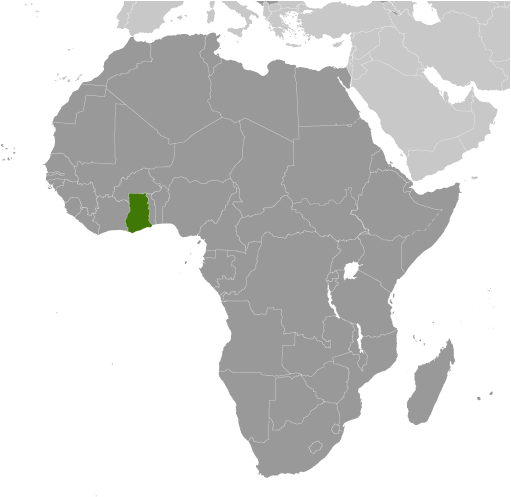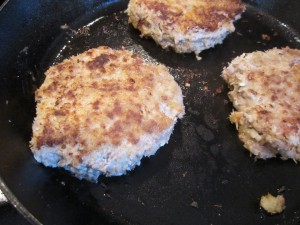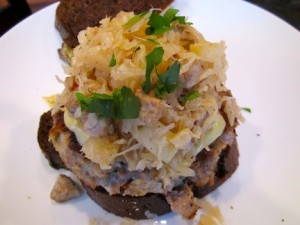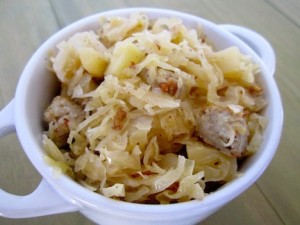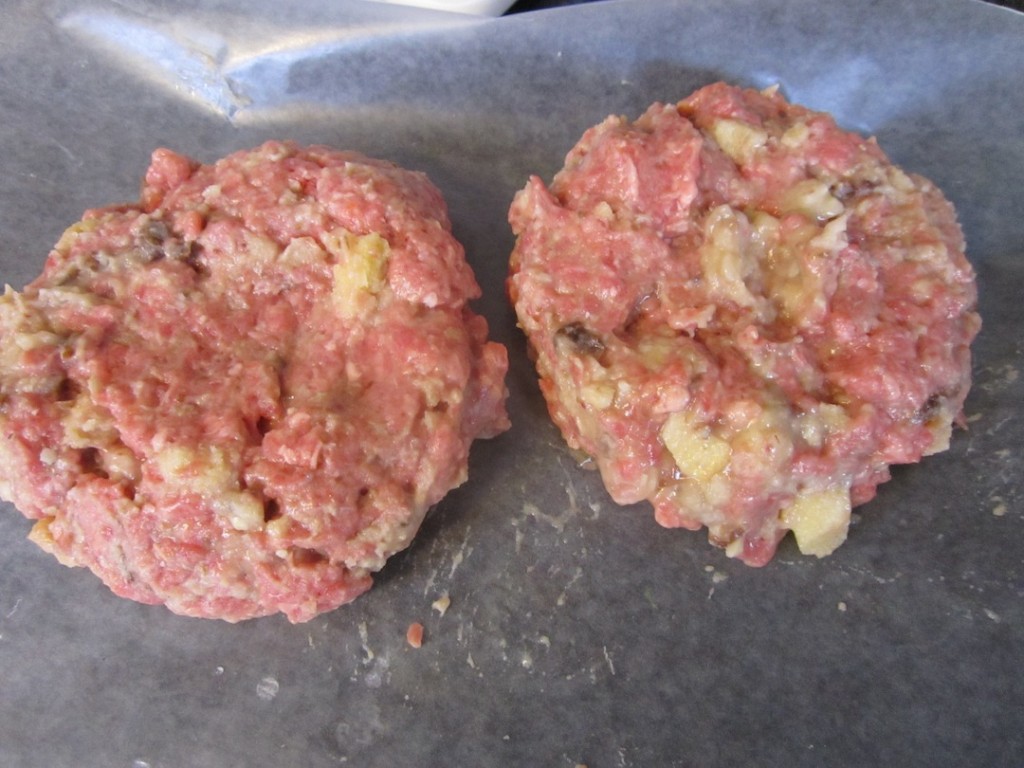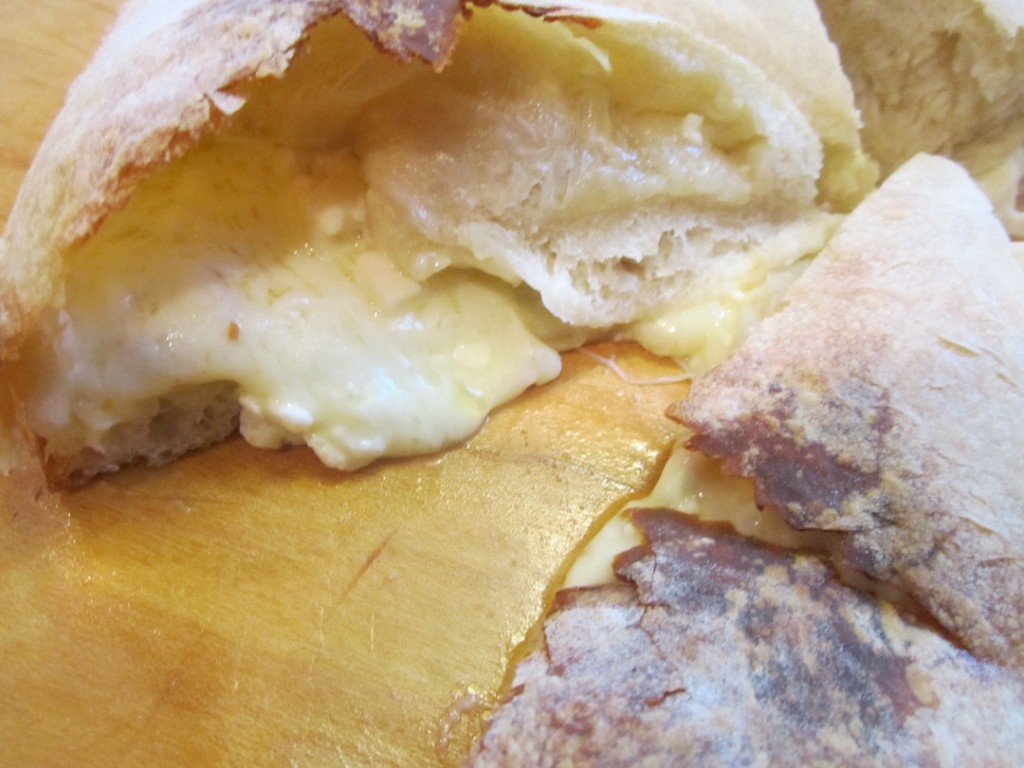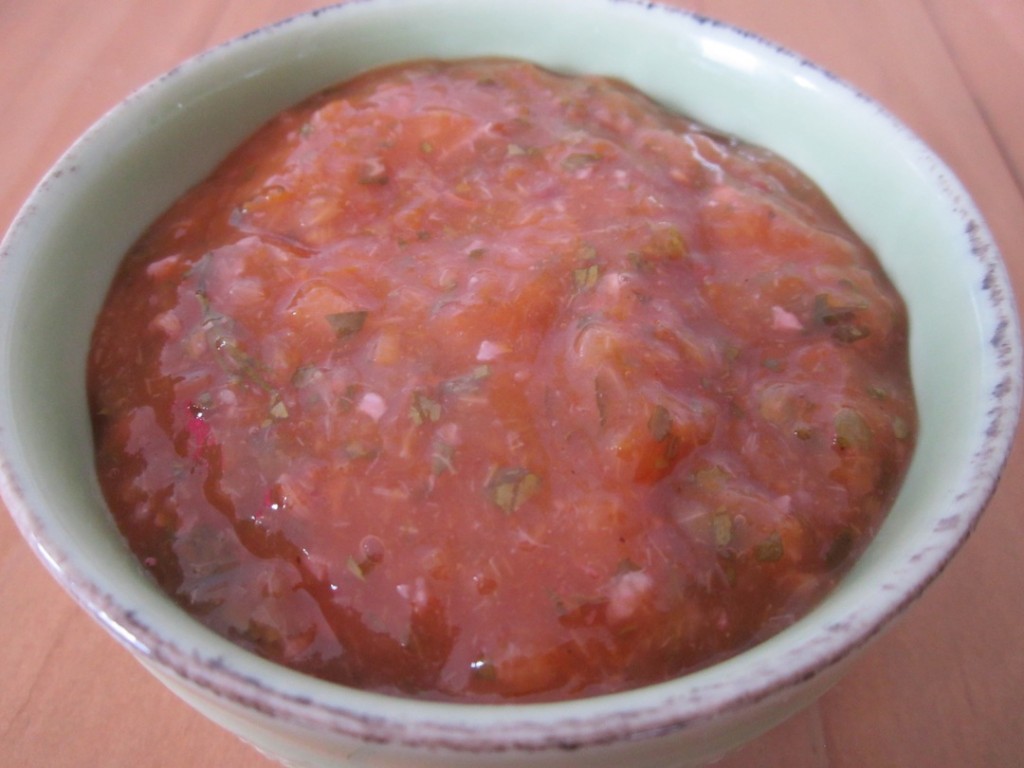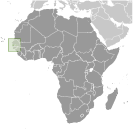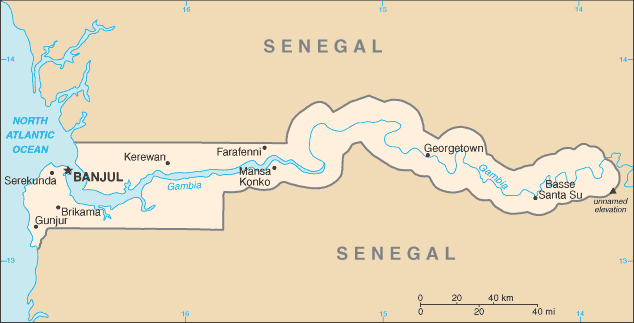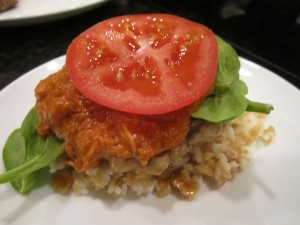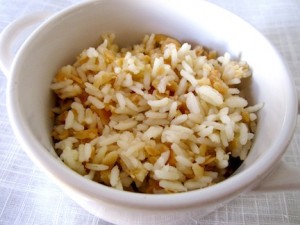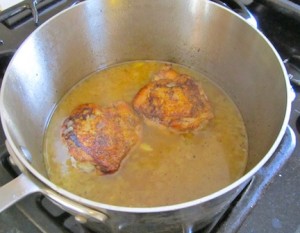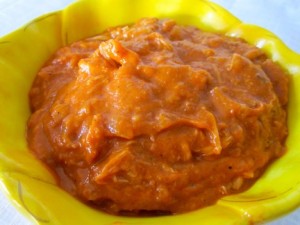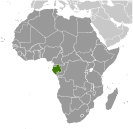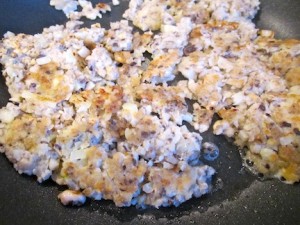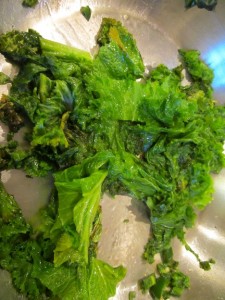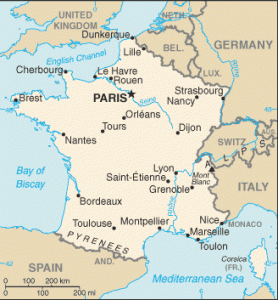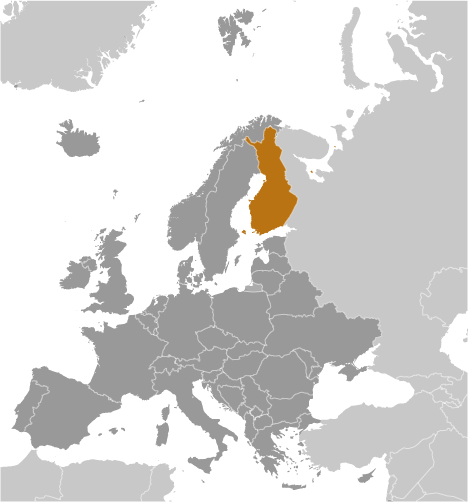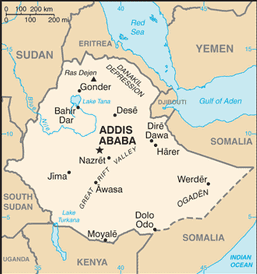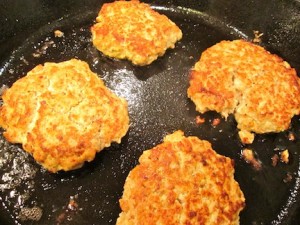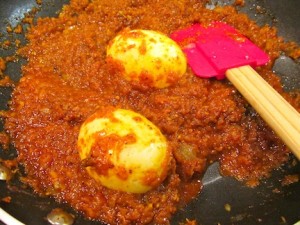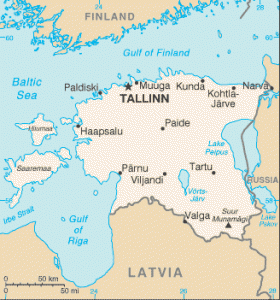Lamb Burger with Spicy Tomato Rice and Dandelion Greens
Through the miracles of modern technology, I’m sitting on an airplane typing this up – God bless Virgin America. Sorry for the delay in posting, we just had the joy of Spring break. The funny thing about school breaks is that they are anything but a break if you’re a stay at home mom. I had a great time playing dolls and baking cookies (metaphorically speaking, I don’t really bake much), but now Mommy is off for a much needed vacation to wine country! That being said, I don’t want to let you guys down, so I’ve brought my work with me.
The G’s are flying by pretty fast – we’re already at Ghana. The Republic of Ghana is located in West Africa bordered by Cote D’Ivoire, Burkina Faso and Togo with a lovely coastline along the Gulf of Guinea. The country gained independence in 1957 and was the first sub-Saharan African countries to become independent. The locals chose the name Ghana after The Kingdom of Ghana, which used to dominate a large portion of the region. The name means Warrior King, which I think is a pretty cool name for a country.
The situation in Ghana isn’t sunshine and roses, but it isn’t as grim as some of the places we’ve “visited” so far. There are over 25 million Ghanaians in the country and about half of them work in the agricultural sector. The good news is that Ghana has the 81st highest GDP in the world and last year it grew 13.5% (the third highest growth rate in the world). The bad news is that the GDP per capita is 170th in the world and the youth unemployment rate is 25%. Out of the 25 million people in Ghana, there are only 1.3 million Internet users.
The food in Ghana is pretty typical of the region. Lots of stews, spicy, peanuts, greens, etc… Again we have a country where bread is not the usual starch; instead it’s cassava, yams, millet or rice. Since we’ve done a few of the other options, I thought we’d try rice this time. It’s relatively common to cook rice in a stew rather than have it separately – it turns out that’s a really yummy way to make rice. I also took this opportunity to try dandelion greens, which I’ve never had before. They are really bitter – I’m amazed people eat them raw at all. But when they are cooked, they take on a sharp but smoother flavor. I added corn to give a little sweetness. Unfortunately we ate all the dandelion greens at dinner and the store didn’t have any more, so for the pretty picture I used Swiss chard – which gives the dish a milder flavor, but still very tasty.
Ghanaians do get to enjoy meat, one of the advantages of a large agricultural base, and they eat all different kinds. Beef, lamb, goat and of course chicken. We decided to try lamb for this one and it worked really well with the spicy tomato stew and the slightly bitter greens. I’m not sure there’s anything that is uniquely Ghanaian in the final recipe, but it is another really good burger inspired by this region. Somehow the spiciness and the greens lighten the whole thing and the overall effect is light and summery. Great for a hot day with a cold glass of Sauvignon Blanc. The rice alone would be a great side dish with fish or chicken or even steak.
Ghana Burger
1 pound ground lamb
½ teaspoon kosher salt
1 teaspoon garlic powder
Spicy Tomato Rice (recipe below)
Sautéed Mustard Greens (recipe below)
Combine lamb salt and garlic powder and form into four patties. Fry patties in peanut oil until cooked to desired temperature. Place a scoop of Spicy Tomato Rice on each plate then add the cooked patties, top with the Mustard Greens. Serve it while it’s hot.
Spicy Tomato Rice
½ cup chopped onion
1 teaspoon red palm oil
1 teaspoon peanut oil
6 tomatoes roughly chopped
1 teaspoon kosher salt
2 cloves garlic minced
½ cup chopped roasted unsalted peanuts
1 habenero seeded and quartered
1 teaspoon caraway seeds
¼ teaspoon dried ginger
1-2 cups beef stock
1½ cup long-grain white rice
1 cup water
In a large sauce pan, heat both oils over medium heat. Add the onions and cook until soft. Add the tomatoes, salt, garlic, peanuts, habeneros, caraway and ginger. Simmer 10-15 minutes until tomatoes start to break down.
Add 1 cup of beef stock and the rice and salt to taste. Cover and simmer until rice is cooked (about 30 minutes). Check the liquid levels every 5-10 minutes and add more liquid as needed, you’ll probably need about 3 cups of liquid total. I used 2 cups of beef stock and 1 cup of water.
Sautéed Mustard Greens
1 Tablespoon peanut oil
1 bunch dandelion or chard greens chopped (about 2 cups)
1 ear of corn – kernels removed
Heat the oil in a medium sauté pan over medium heat. Add the greens and the corn and cover. Cook for 5 minutes until wilted. Uncover and continue to cook until liquid is evaporated. Serve hot.
©Copyright 2012 Linda Monach


